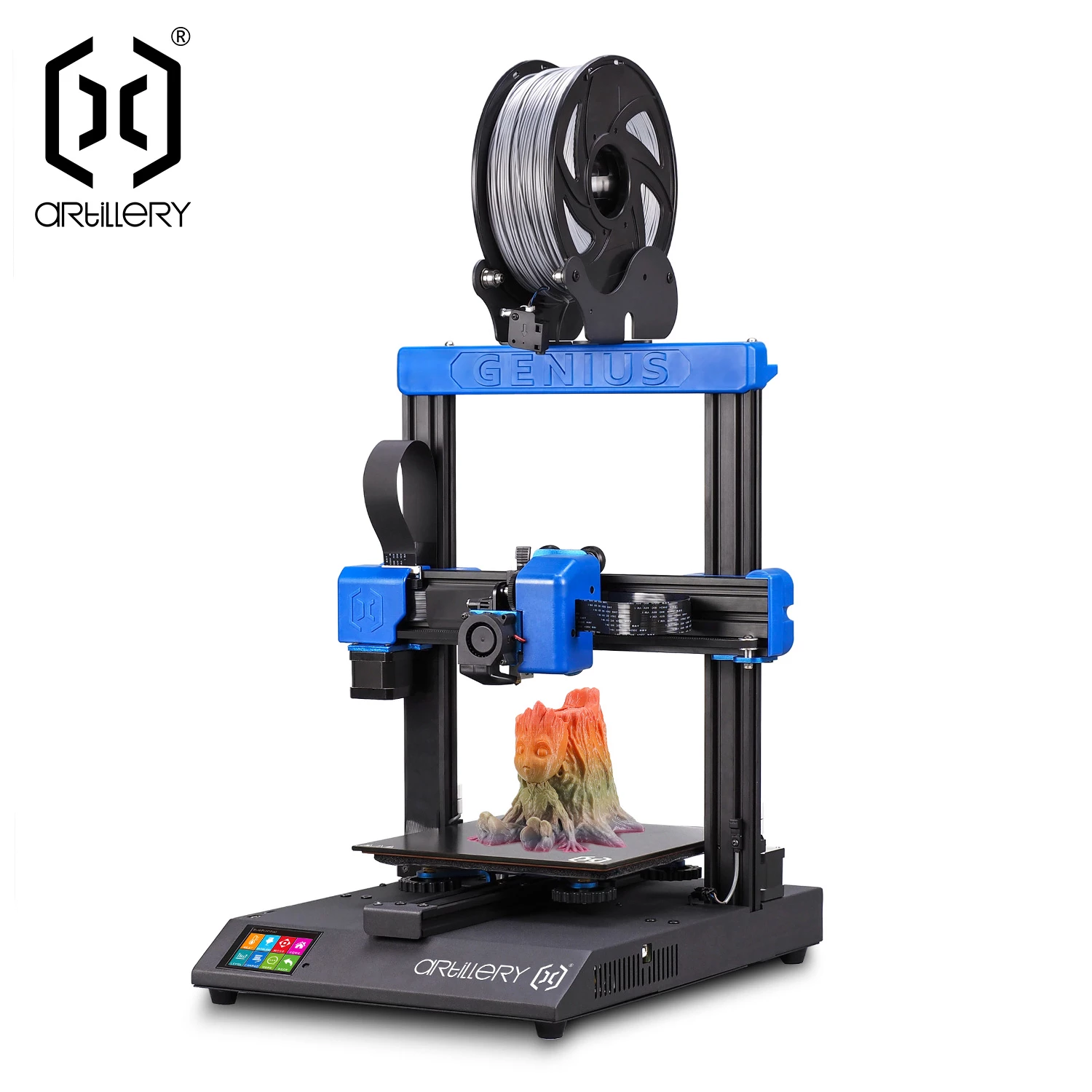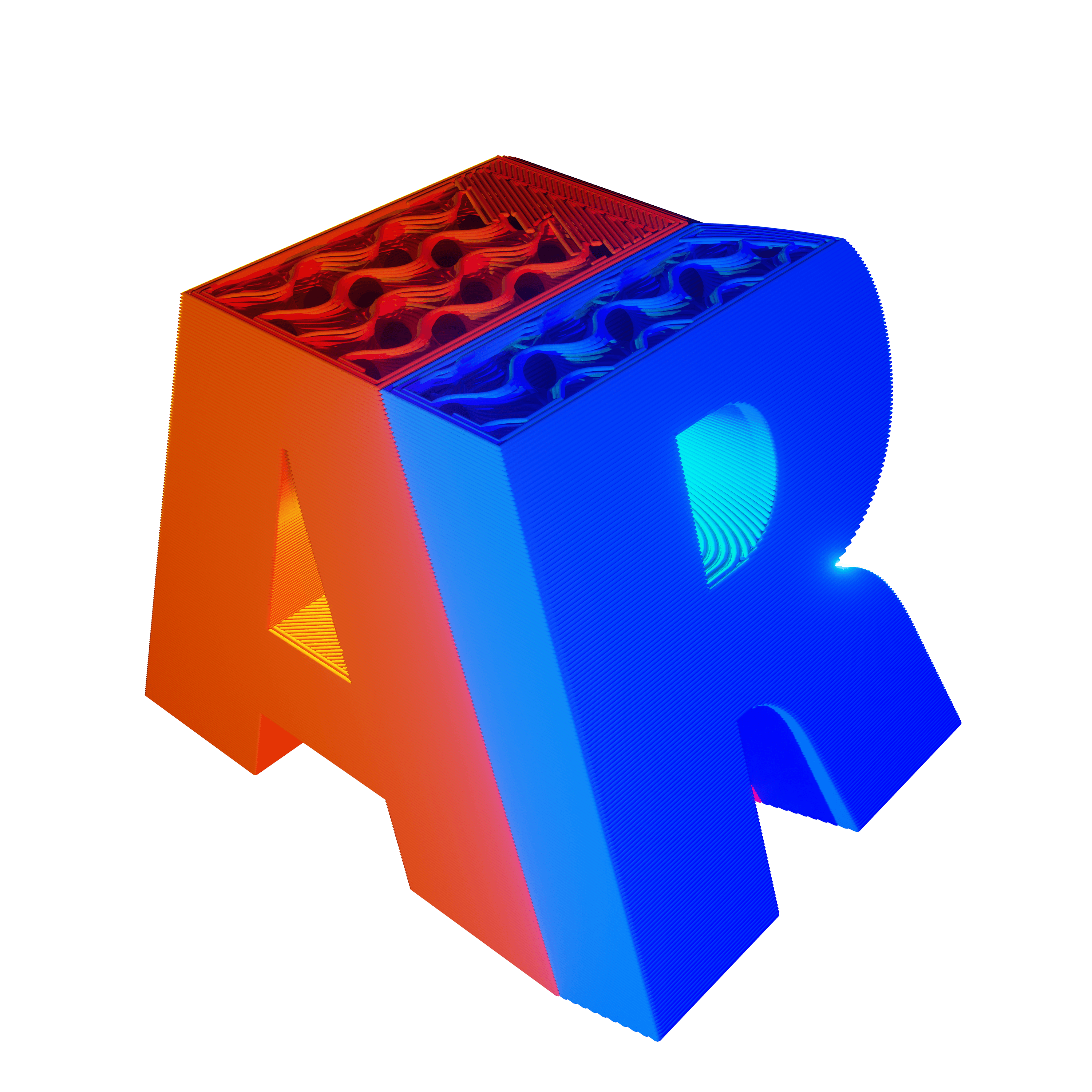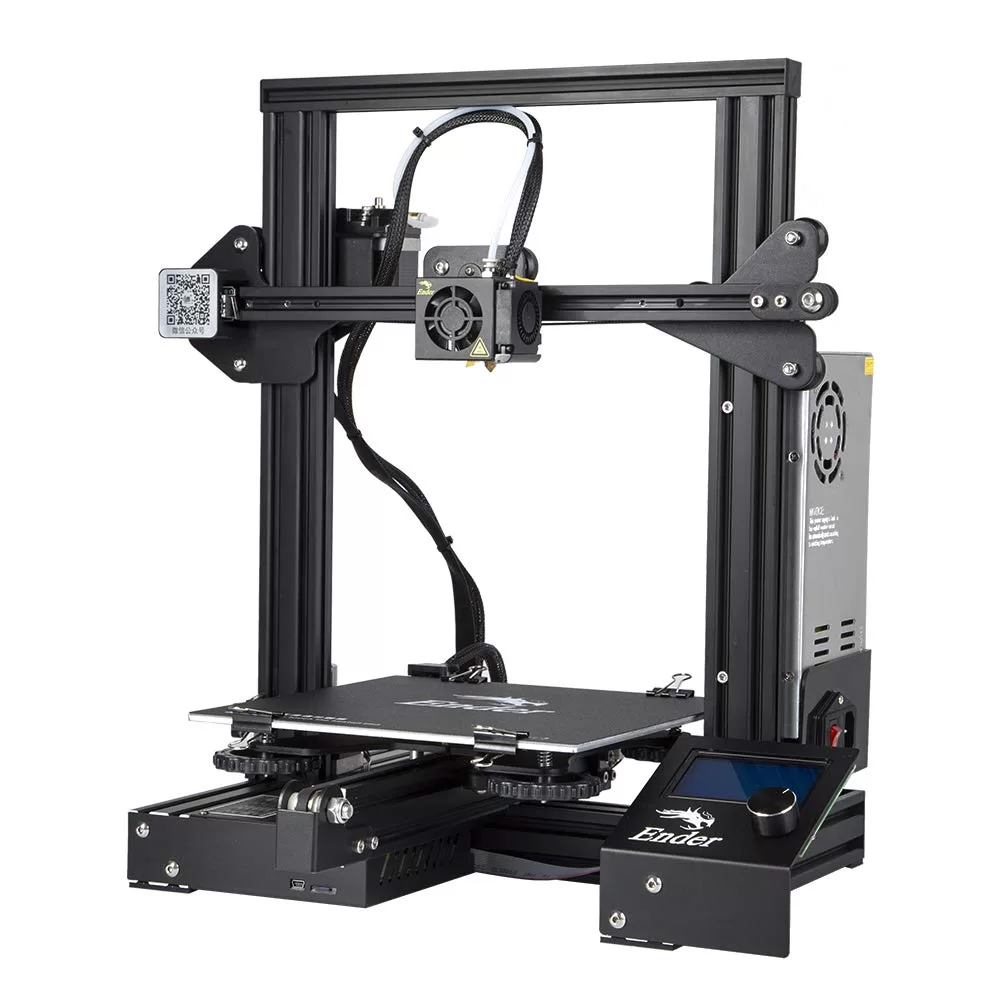
Introduction :
The Creality Ender 3 3D printer has established itself as a prominent player in the dynamic world of 3D printing. Renowned for its reliability and ability to deliver impressive prints, the Ender 3 once stood out as an exceptional choice. However, in today’s market landscape, where alternatives like the Bambu Lab A1 Mini, Elegoo Neptune series, and Sovol printers cater to beginners more effectively, reconsideration is warranted.
Ender 3 Assembly Experience:

The Creality Ender 3, a pre-assembled 3D printer kit, targets both beginners and enthusiasts seeking affordability. Despite its reputation for consistency, this printer demands a fair amount of tinkering before optimal functionality is achieved. In contrast to the AnkerMake M5, requiring a mere 20 minutes for setup, the Ender 3 leans more towards being labeled as semi-assembled due to its extended assembly time.
The assembly process, detailed in a concise booklet accompanying the printer, encompasses 12 steps. While seemingly straightforward, some steps lack detailed explanations, prolonging the assembly time. A comprehensive breakdown of the process includes frame assembly, X-axis assembly, belt installation, machine assembly, and wiring. Factoring in bed leveling, the entire procedure takes a novice approximately 1-2 hours to complete.
Design:
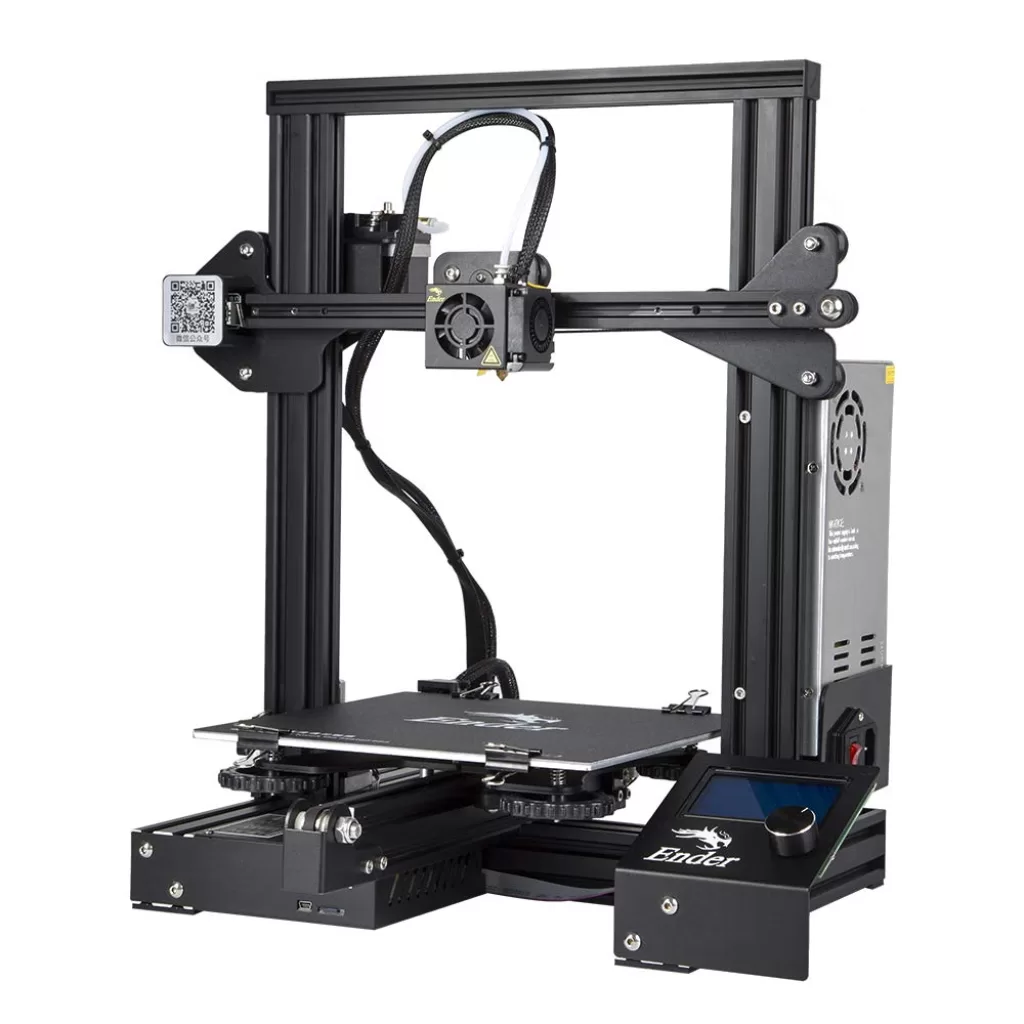
The Creality Ender 3 boasts a minimalist design akin to the CR-10, albeit in a more compact form with an attached control panel. The built-in base housing the motherboard and power supply enhances stability. V-slot wheels running along aluminum profiles facilitate smooth movement during printing. Critically, some reviewers highlight a minor wobble in the printer’s base and occasional loosening of the X-axis belt.
Equipped with a standard extruder featuring plastic arms, the Ender 3 faces durability challenges after extended printing hours. The manual bed leveling process utilizes large screws, and the LCD panel, despite offering diverse settings, may exhibit instability.
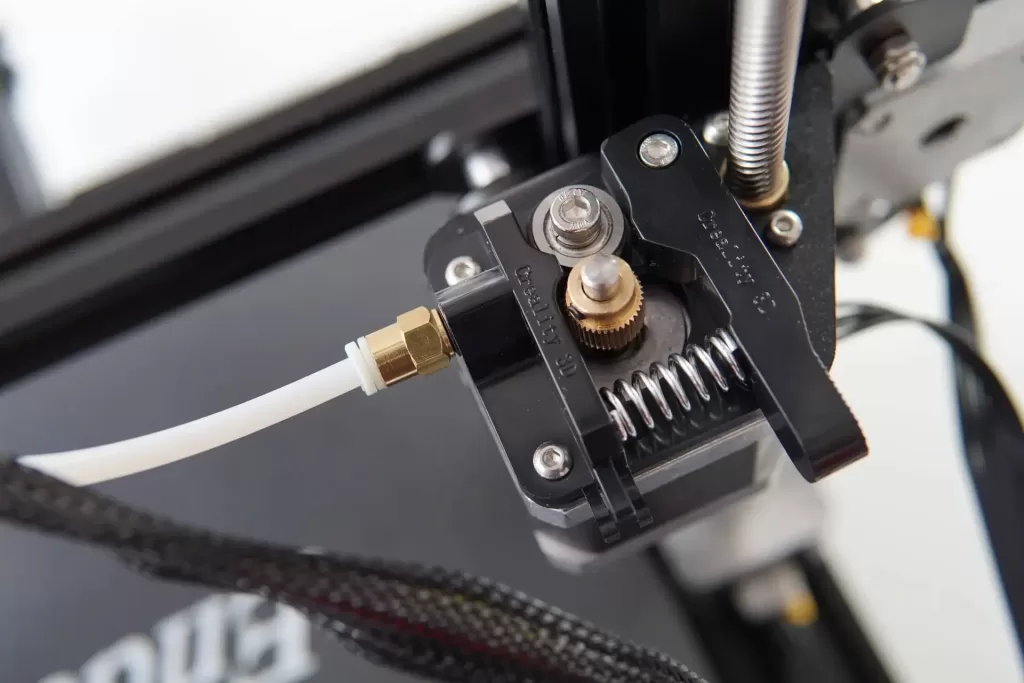
Features:
For those fortunate enough to acquire the Creality Ender 3, it stands as an affordable 3D printer catering to individuals keen on exploring the intricacies of building and tinkering. The printer mirrors the CR-10’s design with aluminum extrusions forming the frame, yet it distinguishes itself with a closed frame design. Boasting a heated print bed measuring 220 x 220 x 250 mm, nearly double that of the Ender 2, this printer supports the resumption of printing after power loss. The compact and portable LCD screen with a rotary encoder adds to its allure.
Conclusion
Videos











